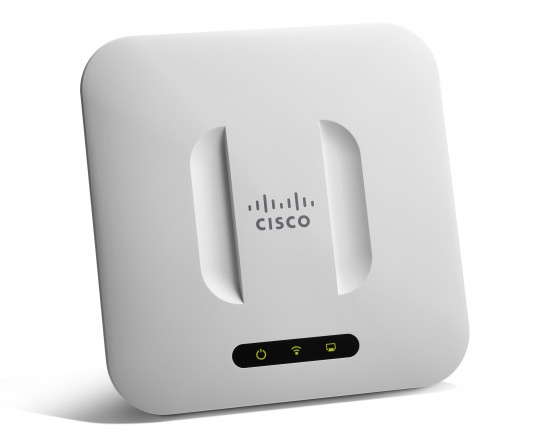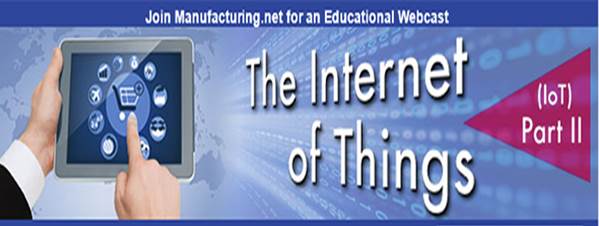This week we finished our biggest product announcement in recent memory.The various teams worked hard to bring out to our partners and customers products that delivered maximum quality, flexibility and value.
One of the products included was the new Cisco Small Business WAP371 Wireless Access Point. This Access Point is the first 802.11ac model in the portfolio representing a paradigm shift in the way you as a business owner can improve wireless performance for your business. This new model has a dual radio, includes a Gigabit Ethernet (GbE) Power-Over-Ethernet (PoE) LAN port and has the ever-popular Single Point Set-up capability. The WAP371 also features Captive Portal for guests, and like the rest of the wireless portfolio, offers simple set-up and deployment with an intuitive user interface and set-up wizards.

But this release raises the question regarding exactly why you should think about upgrading your small business wireless network.
Nasser Tarazi, Product Manager for the Cisco Small Business Wireless Access Points, talks about reasons why to take a look at the all-new WAP371.
“Right now is a good time for Small Businesses to consider upgrading their wireless networks from older 802.11 technologies to 802.11ac. First-off, 802.11ac is three times faster than it’s predecessor, 802.11n. The use of Multiple-Antenna, Multiple-in, Multiple-out technology (MIMO) reliably delivers this boost in performance providing for a much better user experience.”
Nasser goes on, “We expect over 70% of mobile devices will be 11ac-enabled by 2016. Like mentioned before, 11ac is three times faster than 11n, so from business-critical to social media applications, improved wireless high-speed performance will ensure your applications will run smoothly, reliably. Also, range is better, even for 11n enabled devices.”
“Security is on every business owner’s mind. 802.11ac is more secure than 11n. And in fact, 11ac is also more power efficient, which can result in a 30% improvement in battery life for your wireless devices such as mobile phones and tablets. Finally, 11ac provides for greatly improved client density, so high-client use cases such as schools, churches, and other organizations will greatly benefit from the upgrade to 11ac.”
Check out our FAQ and the WAP371 product page for more information.
Thanks for your time!
Marc and Nasser
Share:
 Especially when those records are for a great cause. And this past Father’s Day, everyone smiled just a bit wider knowing that the entire organization came together to make a difference.
Especially when those records are for a great cause. And this past Father’s Day, everyone smiled just a bit wider knowing that the entire organization came together to make a difference.




 This blog post was written by guest blogger John Baekelmans, Chief Technology Officer for Cisco’s Smart+Connected Communities organization in the U.K. In the aftermath of Typhoon Haiyan, John volunteered in the Province of Samar, in the community of Daram, the Philippines, from May 1 to 17, 2014.
This blog post was written by guest blogger John Baekelmans, Chief Technology Officer for Cisco’s Smart+Connected Communities organization in the U.K. In the aftermath of Typhoon Haiyan, John volunteered in the Province of Samar, in the community of Daram, the Philippines, from May 1 to 17, 2014.

CONNECT WITH US